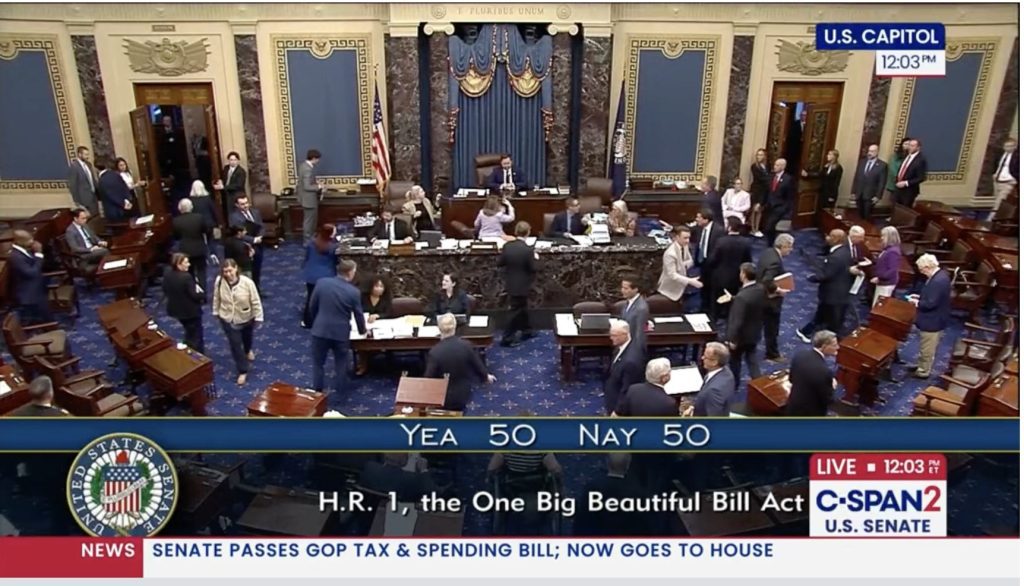78%:
Voters nationwide who support the U.S. Environmental Protection Agency’s work to hold polluters accountable.
170:
Votes against environmental protection in the House of Representatives since the beginning of 2011
1,048.3 million:
Number of short tons of coal the U.S. consumed in 2010, the second-lowest consumption rate in a decade.
1995:
The last time coal productivity was lower than it is now. Productivity, measured as short tons per employee hour, fell to 5.57 tons.
2015:
Year when Central Appalachian coal production is expected to be 49 percent of 2008 levels because of decreased availability of coal.
59,059:
Number of Appalachian coal mining jobs in the third quarter of 2011, the highest number since 1997.
10%:
Increase in Appalachian mine jobs since the EPA issued a guidance on surface mining permits in Appalachia in April 2010
2.3%:
Effective corporate income tax rate utilities, gas and electricity industries paid in 2010
16: Number of major energy companies that paid no income tax in 2010
$87 million:
Amount of Dominion Resources’ Domestic Production Activities tax deduction between 2008 and 2010
1986:
Last time active, permitted coal mines had the capacity to produce as much coal as they do now.
1986:
Last time coal mines used as little of their production capacity as they do now.
Data from the Federal Reserve, Public Policy Polling, U.S. Energy Information Administration, Citizens for Tax Justice, Mine Safety and Health Administration
EPA Awards Grants to Seven Universities in the Southeast
The U.S. Environmental Protection Agency has awarded seven universities in the Southeast with the People, Prosperity and the Planet (P3) Phase I grants for the 2011-2012 academic year. Grant recipients will design solutions to sustainability challenges that improve quality of life, promote economic development and protect the environment.
Two Appalachian schools are among this year’s recipients — Appalachian State University and Vanderbilt University. Appalachian State is working to develop an artificial wetland suitable for recycling of graywater from small businesses for immediate reuse, and Vanderbilt University is creating a biohybrid solar panel that substitutes a protein from spinach for rare metals, and produces electrical energy.
For more information, visit epa.gov/P3/
WNC Forest Report Card Yields Mixed Results
A comprehensive report card on the state of Western North Carolina’s forests shows that while land protection and economic activity have improved, development continues to encroach on the states forested areas. The report was created through a collaboration between the Forest Service and the University of North Carolina at Asheville’s National Environmental Modeling and Analysis Center. The project began in 2008 and focuses on 18 counties in western North Carolina, covering 7,480 square miles or 4.8 million acres.
Among categories rated as “improving” are overall economic activity, indicating a steady growth in recreation, tourism and arts and crafts. Lands managed for conservation have also grown by about five percent since 2005, with nearly 60,000 acres preserved. Development and population growth are mentioned as increasing forest fragmentation and at-risk species.
The report, aimed at helping decision makers across the state, considers factors such as biodiversity, production, overall ecosystem health and how forests are affected by natural and man-made changes. Categories are rated as improving, stable, at risk, worsening, dynamic and uncertain.
The report card will be updated periodically at wncforestreportcard.org
EPA to Develop Natural Gas Wastewater Standards
On Oct. 20, the U.S. Environmental Protection Agency announced a schedule to develop standards for wastewater discharge produced by mining and drilling underground coalbed and shale formations. Currently no comprehensive set of national standards exists for the disposal of wastewater discharged from natural gas drilling.
As natural gas drilling increases across the nation and especially in the Marcellus Shale formation, the nation’s energy independence increases. But regulators see the lack of standards to regulate wastewater as a liability that can potentially harm the health of the air and water and that of communities where drilling takes place. Information reviewed by the EPA, including state-supplied wastewater sampling data, has documented elevated levels of pollutants entering surface waters as a result of leaks and inadequate treatment at water treatment plants.
The EPA will gather input on the proposed standard from of stakeholders including industry and public health groups. The agency will also solicit public comment and plans to announce a proposed rule for coalbed methane in 2013 and for shale gas in 2014.
Related Articles
Latest News
More Stories

Leave a comment
Your email address will not be published. Required fields are marked *




